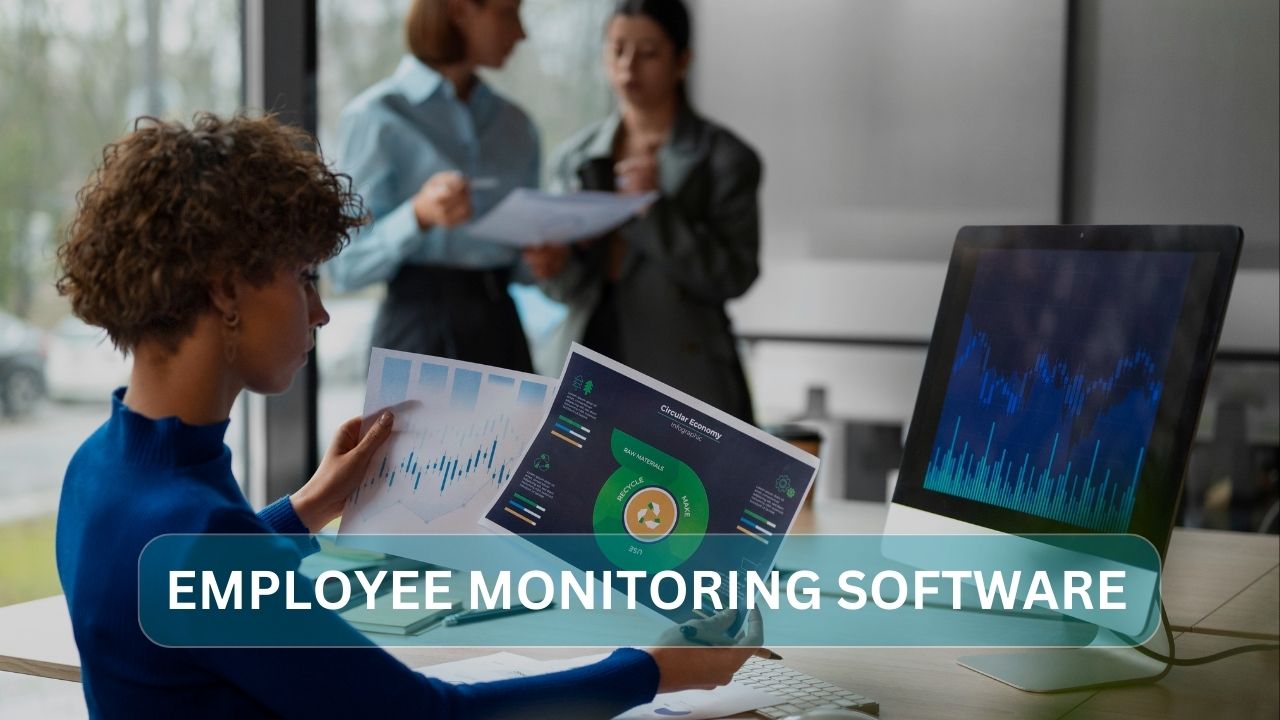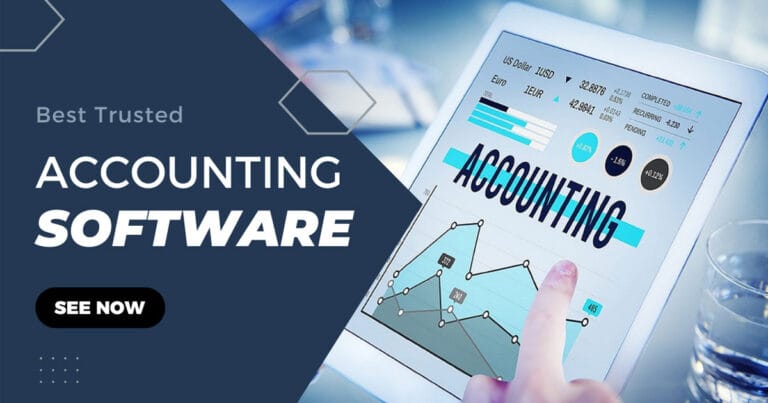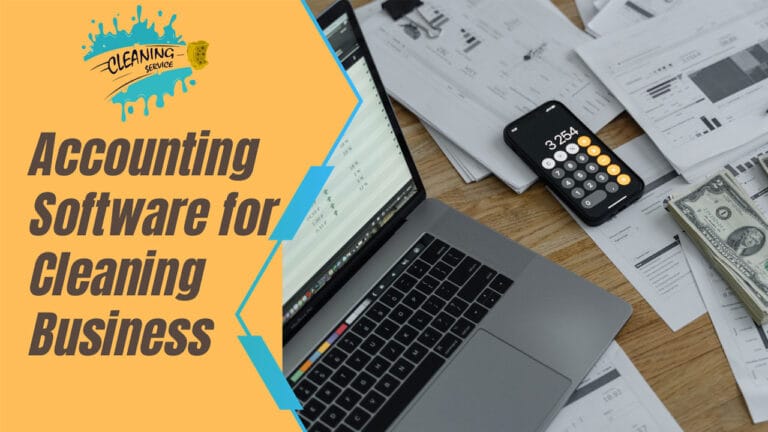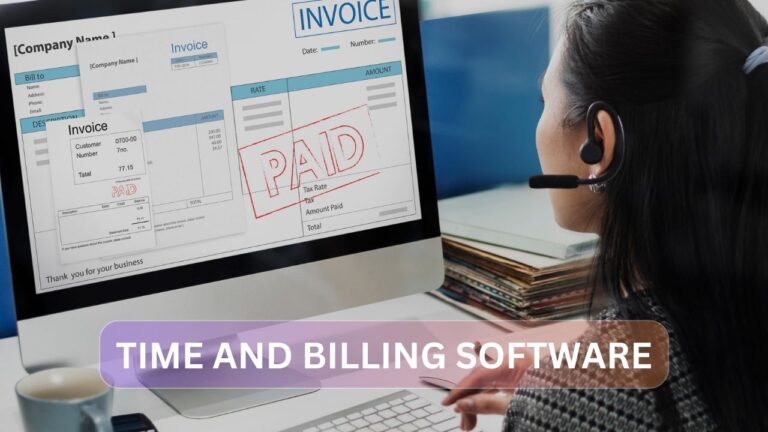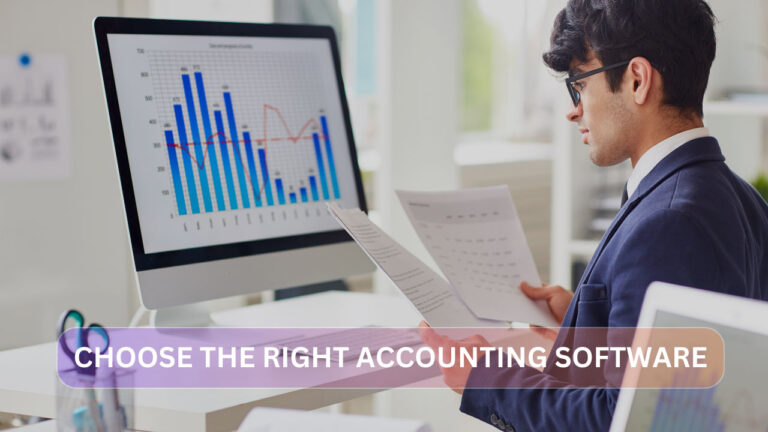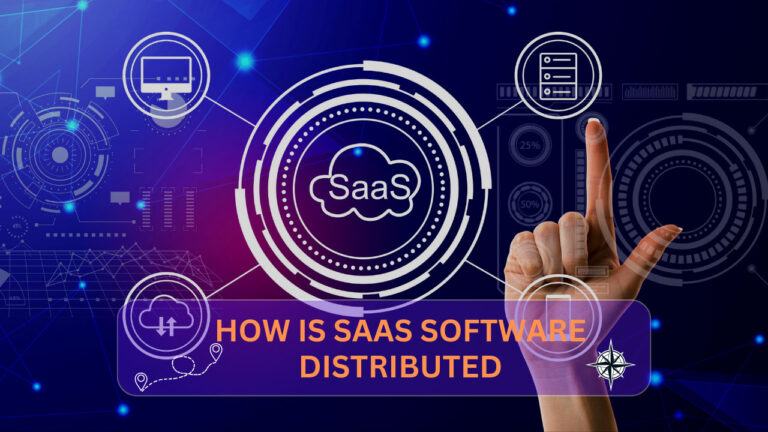How to Detect Employee Monitoring Software: Unveil Stealth!
To detect employee monitoring software, examine system processes and check for suspicious applications. Inspect network traffic for unusual activity indicative of surveillance tools.
Understanding how to detect employee monitoring software is crucial as privacy concerns in the workplace increase. Employers may implement such software for various reasons, including improving productivity, safeguarding company data, or ensuring policy compliance. Nevertheless, the use of monitoring tools can evoke privacy issues and mistrust among staff.
This introduction will guide employees through the signs of monitoring software presence, offering peace of mind or validating suspicions. Acquiring this knowledge empowers employees to navigate their digital work environment with awareness and informed caution. Keep an eye out for telltale signs and stay informed about your digital rights in the workplace.
The Era Of Digital Surveillance
Rise Of Employee Monitoring Tools
The adoption of employee monitoring tools is soaring. Firms are using software to track keystrokes, web history, and even private messages. Companies argue these tools ensure operational efficacy. Workers, on the other hand, express concerns over excessive oversight. Common signs of monitoring software:- Unusual system slowdowns
- Strange computer behavior
- Unknown programs running in the background
- Check for unfamiliar applications in the system tray.
- Review installed programs through Control Panel or Settings.
- Analyze network traffic for unusual activity.
Privacy Versus Productivity Debate
The balance between privacy and productivity often creates tension. Employers advocate for monitoring tools as a means to boost productivity. Yet this can invade personal privacy and erode trust.| Privacy Concerns | Productivity Metrics |
|---|---|
| User Activity Logs | Task Completion Rates |
| Screen Capture Frequencies | Time Management Analytics |
| Location Tracking | Project Progress |

Credit: breakingdefense.com
Stealth Software: A Hidden Eye
Characteristics Of Hidden Monitoring Applications
Hidden monitoring applications are often challenging to detect. They cleverly blend into your system. Here are common signs:- Unexplained slowdown in computer performance.
- Strange graphic glitches or erratic mouse movements.
- Unexpected storage space decrease as logs are created.
- Icons or programs that appear out of nowhere.
Legal Boundaries And Ethical Considerations
It’s crucial to understand the law and morality around monitoring software. In many places, employers must inform employees about monitoring. Here are key points:| Legal Aspects | Ethical Considerations |
|---|---|
| Consent may be required by law. | Transparency is crucial to trust. |
| Monitoring might be limited to work hours. | Respect for personal space fosters loyalty. |
| Personal data protection laws may restrict monitoring. | Employees should feel safe, not spied on. |
Signs Of Monitoring On Your Device
Unusual System Performance Issues
Is your computer suddenly sluggish? It’s not always due to age or cluttered files. Monitoring software can slow things down. Here’s what might point to surveillance:- Longer startup times: Unexplained delays could signal hidden activities.
- Unexpected crashing: Frequent system crashes might mean something’s amiss.
- Fan noise: A hardworking device might be processing more than your tasks.
- Unknown processes: Check your task manager for unfamiliar applications running in the background.
Network Traffic Anomalies
Strange network patterns are red flags. Monitoring tools often send data back to their source. Keep an eye out for:| Sign | Description |
|---|---|
| Surge in data usage: | Sudden spikes might mean your info is being sent elsewhere. |
| Unknown IP connections: | These could suggest unauthorized data transfer. |
| Firewall alerts: | Unusual prompts can indicate suspicious data requests. |

Credit: www.defenseone.com
Techniques To Detect Surveillance Tools
Manual Inspection Of Applications And Processes
Start with a basic check to spot unfamiliar programs. Follow these steps:- Press Ctrl + Shift + Esc to open Task Manager (Windows) or Command + Space and type ‘Activity Monitor’ (Mac).
- Scan the list of running applications and processes.
- Look for names that are not linked to usual activities.
- Access the startup tab in Task Manager or Login Items in System Preferences.
- Identify any suspicious entries that run on system start.
Using Anti-spyware And Anti-virus Solutions
Anti-spyware and anti-virus software can detect hidden monitoring tools.- Install reputable anti-spyware or anti-virus software.
- Run complete system scans regularly to spot malicious applications.
- Update the software often to ensure the latest threats are detected.
Preventive Measures Against Unwanted Spying
With the rise of digital monitoring tools, safeguarding your privacy at work has never been more pressing. Employers might use monitoring software for various reasons, from securing sensitive information to tracking productivity. Understanding how to shield oneself from intrusive surveillance is essential. The right preventive measures ensure that employees maintain their privacy without breaching company policy.
Best Practices For Digital Privacy
The foundation of digital privacy at work rests on vigilance and awareness. Keep your software updated; cyber threats constantly evolve and updates often include critical security patches. Use strong, unique passwords for all accounts and enable two-factor authentication where possible. Regularly check for unusual activity in system logs – an indicator of monitoring software. Keep personal and work data separate, ideally on different devices.- Update software regularly
- Employ strong password practices
- Consider two-factor authentication
- Review system logs for anomalies
- Maintain separate devices for personal use
Using Encrypted Communication Channels
Encryption is your ally in preserving confidentiality over digital channels. Use encrypted messaging apps for conversations. Emails can be secured using PGP (Pretty Good Privacy) or S/MIME (Secure/Multipurpose Internet Mail Extensions) for an added layer of protection. When browsing, a VPN (Virtual Private Network) can shield your online activities from prying eyes. Remember to only connect to secure Wi-Fi networks.| Tool | Function | Use Case |
|---|---|---|
| Messaging Apps | End-to-end encryption | Private conversations |
| Email Encryption | PGP or S/MIME protocols | Securing email communications |
| VPN | Encrypts internet connection | Safeguarding online activities |
Navigating Employer Policies And Your Rights
Understanding Workplace Surveillance Laws
Workplace surveillance laws vary based on the country and state. In some regions, employers must notify staff about monitoring measures. You have the right to know if you’re being monitored.- Review your contract or employee handbook for monitoring clauses.
- Research local laws to understand legal monitoring practices.
- Look for physical indicators like cameras or monitoring software on devices.
- Use
Task Manageron Windows orActivity Monitoron Mac to spot unusual applications.
Creating A Dialogue: Negotiating Privacy At Work
Open conversations about workplace surveillance foster a mutual understanding of privacy. Take the initiative to create transparent dialogue with your employer.- Request a meeting to discuss monitoring policies and express any concerns.
- Share ideas for a balance between monitoring and employee privacy.
- Propose clear guidelines for data collected through monitoring.
- Consider drafting a privacy policy that respects both parties.

Credit: abcnews.go.com
Frequently Asked Questions Of How To Detect Employee Monitoring Software
Can Employee Monitoring Software Be Detected?
Yes, employee monitoring software can often be detected through system performance checks, task manager processes, and network monitoring tools. Look for unusual system behavior or unknown applications running.
What Are Signs Of Monitoring Software?
Signs include slower system performance, unexpected storage space consumption, network activity spikes, and unfamiliar processes in the task manager. Watch for software pop-ups or suspicious background activities.
How To Check For Surveillance Software On Pc?
To check for surveillance software on a PC, review your system’s task manager for unknown processes, examine installed programs, and use antivirus software to scan for malicious applications that could be monitoring tools.
What Countermeasures Exist For Monitoring Software?
Countermeasures include utilizing antivirus and anti-spyware tools, enabling firewalls, regularly updating software, and practicing good digital hygiene to reduce the risk of unwittingly installing monitoring software.
Conclusion
Detecting employee monitoring software protects privacy, confirms trust, and ensures professional boundaries. Remember, awareness and vigilance are your best tools. By understanding the signs and using the strategies discussed, you can safeguard your digital workspace with confidence. Stay informed, stay secure, and maintain a fair working environment for all.

